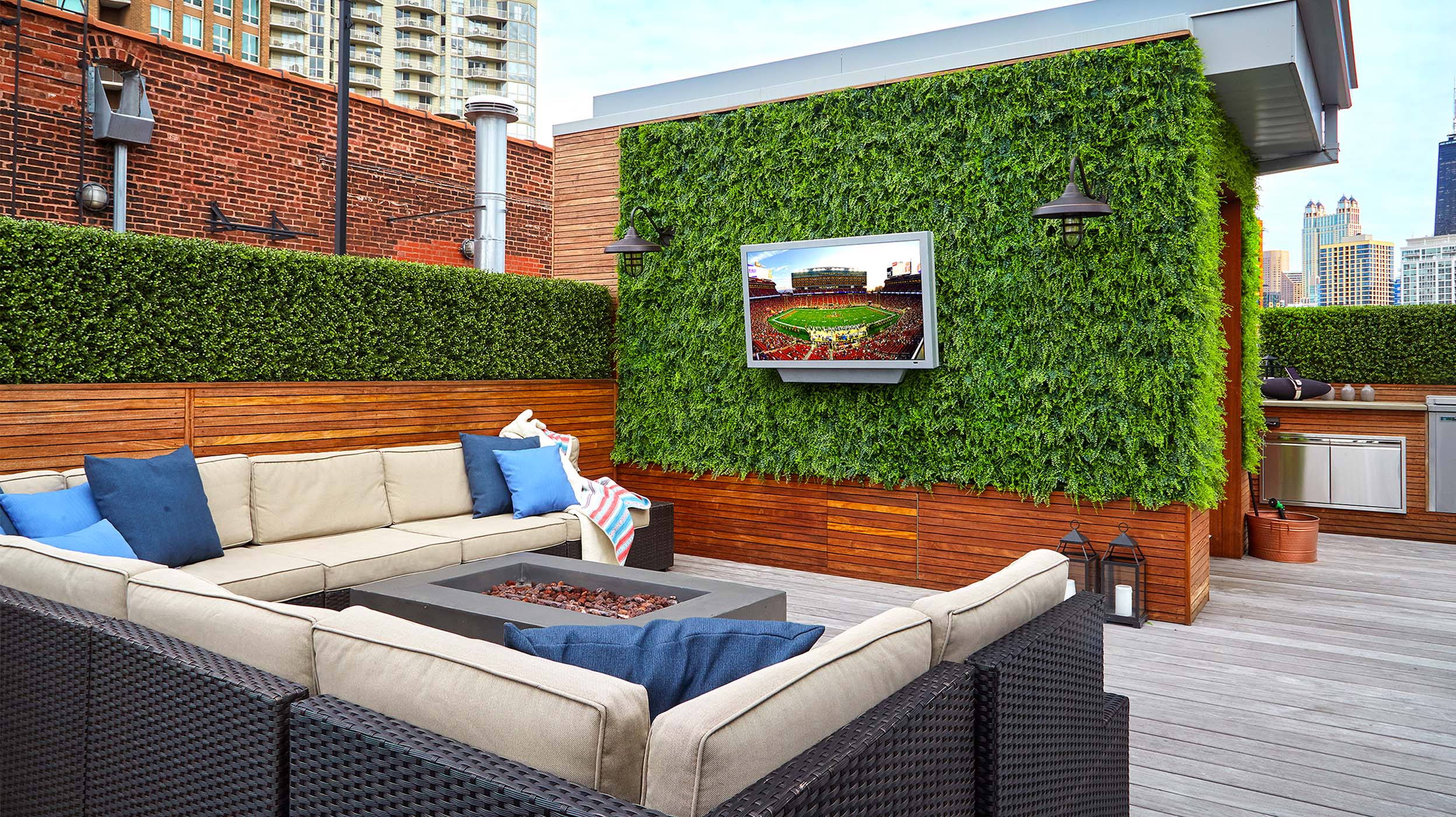It In this fast moving world, there are a lot of people who want to simplify their lives and connect with nature but they need not go any further as Nature simply comes to you with Ecolife Rectangled roof garden. When it comes to gardening, minimalist gardening is a perfect solution: simple but sustainable. Using this approach, whichever way you’re deficient in availability of time, space or resources, you will be able to raise a gorgeous, useful garden without having to do too much work.
Ready to take on the minimalist gardening and green life but aren’t sure how? Here’s how you can keep it simple as well.
What Is Minimalist Gardening?
Minimalist gardening is a minimalist approach to gardening that emphasizes simplicity, efficiency, immunity to time and environmental change. Instead of cramming your garden with excessive plants and decorations, it focuses on:
Purposeful Plant Choices:
- Plants that do well with little or no care.
Efficient Use of Space:
- To maximize the utility from small or non standard areas.
Low-Maintenance Design:
- Finding ways to create a garden that doesn’t require much upkeep.
It allows for decluttering, reduced resources usage and an outdoor sanctuary.
Minimalist Gardening Benefits
Minimalist gardening doesn’t just save you time and money—it offers a host of other benefits:
Eco-Friendly Practices:
- Gardens that usually are minimalists have less usage of resources such as water and fertilizers.
Low Stress:
- Reduces stress and increase relaxation with a simpler garden design.
Cost-Effective:
- Expenses are lower because there are fewer plants and materials.
Aesthetic Appeal:
- The clean lines and clear arrangements of visually pleasing space.
How to Start Minimalist Gardening
Time for a space transformation? Get started on your minimalist gardening journey by following these easy steps.
1. Plan Your Garden with Purpose
- Think about what the garden is for before planting. Is it a place where you want to relax, grow vegetables or to compliment your home’s appearance? Having goals helps you make an intentional choice.
2. Choose Low-Maintenance Plants
Choose plants that are tough, need little water, and will survive in your place. Examples include:
- Arid area succulents and cacti.
- Or perennials, like lavender, or daylilies.
- Herbs, or cherry tomatoes.
3. Declutter Your Garden Space
- Remove issues, including surplus pots,شانس اميل potted plants, and losers. Not only does a decluttered space looks better but is easier to keep that way.
4. Optimize Small Spaces
- You don’t need a big yard to start minimalist gardening. Tower gardening, or vertical gardening, hanging planters, or simply hanging pots, are all techniques you can use to make use of smallest space available.
5. Sustainable Practices
Gardening on the economical scale is generally also green gardening. Consider these sustainable tips:
- Organic compost the soil.
- Install a rainwater flow to use for irrigation.
- Add native plants that will require less extra care.
6. Quality, not quantity.
- Buy a few high quality tools and materials instead of having an Army of cheap items. If you spend a little for a sturdy spade, durable pots, and good watering cans, it will be worth the expense.
How to Design Your Minimalist Garden
And like any garden, minimalist garden design is more about selecting the right plants as much as the design. Here are some tips:
1. Use Neutral Colors
- On pots, fences or pathways stick to neutral tones. That’s what it does, creating a clean, organic layout that puts the greenery first.
2. Incorporate Simple Lines
- Your layout can use straight or curved lines to make your layout look to be more orderly and harmonious.
3. Limit Your Plant Palette
- Pick a small group of plants so your yard does not become too crowded. Don’t let the more important subjects overtake the more common; group similar plants together for visual impact.
4. Add Functional Elements
- They should include functional features which increase complexity (such as steps or raised beds), but without increasing complexity.
Gardening on a Low Budget
Minimalist gardening is low maintenance, but there is still work that needs to be done. Follow these tips:
Regular Weeding:
- You also want to remove weeds as they come up, so they don’t crowd the seeds out.
Prune Strategically:
- Keep plants trimmed up and looking nice.
Mulch Your Soil:
- Mulching will keep moisture in, help reduce weeds, and increase soil health.
Monitor Watering:
- Keep the soil moist but not wet and don’t over water.
Minimalist Gardening Ideas that are Inspiring
Inspired your garden? Here are a few minimalist gardening ideas to spark creativity:
Zen Garden:
- Gravel, stones and few carefully selected plants and you have an oasis of peace.
Vertical Herb Garden:
- Grow herbs in small spaces by using wall mounted planters.
Monochromatic Theme:
- To keep your design looking unified use plants and materials in one color palette.
Mini Succulent Display:
- Geometric arrangements of succulents give a spectacular visual effect.
Final Thought (Conclusion)
Minimalist gardening is a refreshing way to live green. When building your serene outdoor space, focus on simplicity, efficiency and sustainability and you can create a space that will benefit life and the environment. Whether you’re a low or high tech gardener, these easy steps will help you begin the process of green living. Cultivate more with less in minimalist gardening today.
Across the article, this content has been tailored to rank well in search engines and deliver real value to the reader, by using the focus keyphrase ‘minimalist gardening’ in the article and structuring it with SEO best practice. If you would like some adjustments, let me know!




Thanks for sharing. I read many of your blog posts, cool, your blog is very good.